A lot of times the fight scenes in films become staples or descriptions of those films, and that is no mistake. Fights are inerrantly a clash of ideas or motives. The possibilities of ways to work with that in film are almost endless. Some of the ways filmmakers have thought to utilize fight scenes are things like progressing the plot, something baseline but still very important. Another way is to use the clash of two or more characters to better display the themes of the film, which makes it perfect for most audiences to understand. There is also the use of fights to highlight certain characters, and for them to have great moments that help to flesh them out. Fight scenes can also be used practically in a storytelling sense of giving the audience and the characters in the film information crucial due to the fight’s occurrence. The filmmakers can also use fight scenes as a way to construct awesome aesthetics, something all good films have, especially 21st century action movies. A fight scene is often the most memorable part of a film, and if done correctly, can elevate that film to even greater heights . A good fight could possibly be what makes certain films iconic for how that one scene impacts the rest of the film as a whole.
|
by Aaron Argot What makes fight scenes so appealing and have so much weight? People tend to love fight scenes because they are generally the scenes of the film that have the most and best action, and many people may write them off as just the carriers of action. Not that delivering action is at all a weak point or a shallow appreciation of fight scenes, but fights in films often have a greater meaning and purpose to them. Most people actually do notice these things, and sometimes the more it is hidden, the better. The best fights will elevate their respective film, and there are many ways fight scenes can do this. Some of those include the rather surface-level purpose of story progression, displaying the film’s themes, focusing on specific characters, using it as a means of exposition, and to show spectacular aesthetics. Most great fights, such as these 21st century fight scenes, have a combination of these, have all of these, or have even more purpose. The fight scene between Anakin Skywalker and Obi-Wan Kenobi at the end of Star Wars: Revenge of the Sith (George Lucas, 2005) shows how fight scenes can be used as a means of story progression. This is the most basic purpose of fight scenes, and generally every one should have this. This fight, however, while doing so much more, is the embodiment of that. This fight between Anakin and Obi-Wan is the bridge between the prequel and sequel trilogies, since this happens at the end of the last film of the prequels. The impact of this scene also comes from context, most viewers in 2005 had already seen the original trilogy and know that Anakin becomes Darth Vader, but they do not know how. Throughout each prequel film, that question is on viewers' minds, and is slowly answered through the three films. This fight after Anakin is named “Darth Vader,” yet still does not have the signature look. The end of the fight is where more insight is given into the look of Vader. It is also the outcome of this fight that would have shaped the entirety of the next three (and eventually six) movies, or could have had them not happen all together. And since everyone had everything connected, it changed the way people think of the original trilogy if only slightly due to what you learn about characters like Anakin and Obi-Wan. This one fight is the culmination of all that happened in the prequels, as well as foreshadows the second fight between them in Star Wars: A New Hope. I think that is the main part that makes this fight so impactful in the series. The fight also has the record for the longest sword fight in film history, which also might be why it is so iconic. Po utilizes his stark differences in battle In any one on one fight, it is often a fight between ideals and character differences, and in film, those ideals and differences are aligned with the overall themes as well. The fight between Po and Tai Lung at the end of Kung Fu Panda (Mark Osborne and John Stevenson, 2008) displays the themes of the film brilliantly. Po and Tai Lung are dramatic foils for one another, which contributes to the themes of this film. Tai Lung is the antagonist of the movie, is a leopard, and seemed to be very naturally gifted in the art of Kung Fu from an early age. In contrast, Po is the protagonist, is a panda, and was a fanboy of the kung fu masters, The Furious Five, before getting to train with them, being very bad at it at first. Uniqueness is a major theme of the film. Everyone is different so not everything is going to work the same way for everyone and everyone has different strengths, a lot of the times coming from our differences. Another theme is similar in that “there is no secret ingredient”, no secret to greatness, it all comes from you and what makes you unique. The fight starts off, with Tai Lung at the temple at the top of the mountain, fresh off of his victory against his and Po’s master, Shifu, who is also the thing that connects them. Po meets him at the top, but is visually winded by the climb, highlighting differences between them as Tai Lung basically has everything going for him, while Po seems to not. The entire battle between them is them fighting over something called “the dragon scroll”, which is said to hold the secret to limitless power, which Po already knows is blank and only a reflexive film. Throughout the fight, Tai Lung’s experience shows through his tendency to outmatch Po in traditional fighting techniques. However, Po’s panda nature, being plump and bouncy, allows him to use unique techniques to keep pace with Tai Lung, even defending him from the technique that beat the Furious Five. Eventually Tai Lung gets the scroll and discovers that it is blank, which angers him, something that could be described as his fatal flaw. This, paired with Po’s nature, allowed him to get the upper hand against Tai Lung, and ultimately defeat him. This fight is natural talent and entitlement vs. uniqueness and optimism, and with the film’s themes of uniqueness, it is clear who the victor would be. The fight’s expansion of the film’s core themes during the end of the film help it to display those themes more clearly, making a better overall film. Just like how Po and Tai Lung’s characters made the fight have more weight, characters in every fight and fight scene are truely what make or break it. Who they are and who they are fighting, as well as things like the reasons for doing so can all blend to make for fight scenes to have awesome character moments. Or the fight itself could be a character moment. One of those fights is Iron Man (Tony Stark) vs. Thanos in Avengers: Infinity War (Anthony and Joe Russo, 2018). This is a fight that has been, as a generous estimate, hyped up since 2012, since Thanos showed up in the end credits of The Avengers (2012). But for all of the hype surrounding this fight, it was relatively short, only lasting about two minutes, a testament to Thanos’ strength. Earlier in the movie, Tony states that Thanos has been inside his mind for six years. Going back to the hype statement I made, Tony’s statement here attributes the hype to more of an in-universe hype, as it is unlikely a lot of people in theatres were thinking about a Tony Stark vs. Thanos faceoff after the first Avengers. But with that context that Tony gives, you still feel the magnitude of six years of buildup when Tony and Thanos finally fight one on one. The PTSD that Tony felt after his experiences in the first Avengers has fueled a lot of his problems in MCU installments after that. Thanos was the source of the attack on New York in that film. So when Tony responds to Thanos’ statement saying they were both “cursed with knowledge”, with “my only curse is you”, it holds a lot of weight. And that is the moment that he finally has a clear head about what happened back then and is determined to fight that head on. So even though Thanos dispatched Tony in just two minutes, Tony won in that aspect. That is the reason why lots of people thought Tony was going to die in that instance, as it seemed like his character arc had more or less been completed. This scene is so important because of what we know about specifically Tony’s character and what he’s had to go through, and that six years of buildup also enhances the scene incredibly. The fight not only elevates the film, but the entire Marvel Cinematic Universe. Grey realizes what his body is capable of The next fight that uses fight scenes to communicate exposition comes from a film that came out in the same year, Upgrade (Leigh Whannell, 2018). The fight scene from this film is one that has been dubbed “The Kitchen Scene.” This scene is the first time that the main character, Grey, fights with the help of the artificial intelligence chip implanted in him. With verbal permission, the A.I. can take over his body and fight for him. In the film, Grey is trying to get revenge on the people who killed his wife and left him formally crippled, and he finds himself in the house of an enemy who then comes home. Grey starts off the fight unaided, and is very clearly losing. But, then the A.I. in his head says that he can help and he needs his permission in order to do so, which Grey gladly grants. What follows is the obvious improvement of Grey fighting prowess as his movements become almost comedically robotic, effortlessly overpowering and ultimately killing his adversary. The main purpose of this fight is to let Grey and the audience know that using the A.I. to fight is a real option in the future and could be very helpful in Grey’s mission to get revenge. This becomes a crucial detail, arguably the main detail, later in the film, and the film introduced it the best way it could, with a fight scene. Rengoku prepares an attack, displaying incredible visual effects The final fight I want to talk about is also the most recent, which is Rengoku vs. Akaza, from Demon Slayer: Kimestu no Yaiba - The Movie: Mugen Train (Haruo Sotozaki, 2020). This fight expertly explains how fight scenes in films can be used for aesthetic purposes. Of course, this fight also has elements of every other point previously mentioned, but what really stands out is how visually stunning it is. Mugen Train is an anime movie, and animation has incredible flexibility with all the technical aspects of filmmaking. With things like camerawork, in some ways it is easier to get the perfect shot. Being adapted from drawings not only gives you a good framework, but allows you basically take out the technical challenges of the aspects of some shots. But what shines through is the animation, the thing that sets it apart from live action movies. This circles back to the general premise that fight scenes are enjoyable because they are concentrated pockets of action, and this fight takes that to the extreme, until you are tilted back in your seat in awe. Music and sound design are also important factors in the aesthetics of a fight scene, the music that plays during the fight is exciting and works incredibly well. The sound effects of different fantasy-inspired attacks also work seamlessly with the animation. It is hard to explain aesthetics further than just saying they are incredible without seeing it, or without going into an incredible amount of detail. But, this fight scene illustrates perfectly how the aesthetics of a scene like this are just as important if not more important than the other aspects listed. The aesthetics can be described as the thing that sells you on the reality of what is happening, and the crazier the content the more challenging it is, but it is also that much more rewarding. The aesthetics of this fight help to accentuate all the other important aspects of the fight, making the fight itself, as well as the film, that much better.
A lot of times the fight scenes in films become staples or descriptions of those films, and that is no mistake. Fights are inerrantly a clash of ideas or motives. The possibilities of ways to work with that in film are almost endless. Some of the ways filmmakers have thought to utilize fight scenes are things like progressing the plot, something baseline but still very important. Another way is to use the clash of two or more characters to better display the themes of the film, which makes it perfect for most audiences to understand. There is also the use of fights to highlight certain characters, and for them to have great moments that help to flesh them out. Fight scenes can also be used practically in a storytelling sense of giving the audience and the characters in the film information crucial due to the fight’s occurrence. The filmmakers can also use fight scenes as a way to construct awesome aesthetics, something all good films have, especially 21st century action movies. A fight scene is often the most memorable part of a film, and if done correctly, can elevate that film to even greater heights . A good fight could possibly be what makes certain films iconic for how that one scene impacts the rest of the film as a whole.
Manuel Franco
8/12/2023 01:04:17 am
I just want to say Thank You to everyone who supported me through the years. My name is Manuel Franco, New Berlin, Wisconsin. My story of how I won the Powerball lottery of $768.4M is a bit of a tale. I have been playing Powerball tickets for 6 years now since I turned 18. I bought my first ticket on my 18 birthday. I was feeling very lucky that day because I had contacted Dr. Odunga Michael to help me with the winning Powerball numbers. I really had that great great feeling that I looked at the camera wanting to wink at it. I only did a tiny part of it and trusted him. He gave me the numbers after I played a couple other tickets along with it for $10. I checked my ticket after the winnings came online and saw the numbers were correct including the Power play. I screamed for about 10 minutes because it felt like a dream. I had won $768.4M. You can check my winning testimony with the lottery officials just with my name search. Thank you Dr Odunga. Well, his email is [email protected] and you can also call or Whats-app him at +2348167159012 so you guys can contact him
Julie Leach
11/3/2023 06:30:46 pm
Comments are closed.
|
Archives
April 2024
|

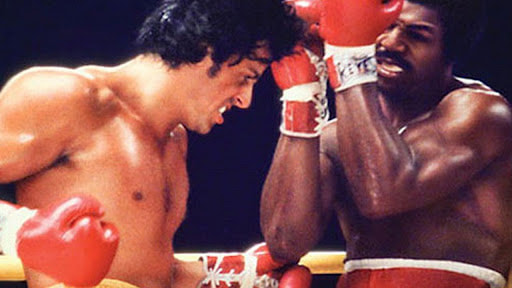
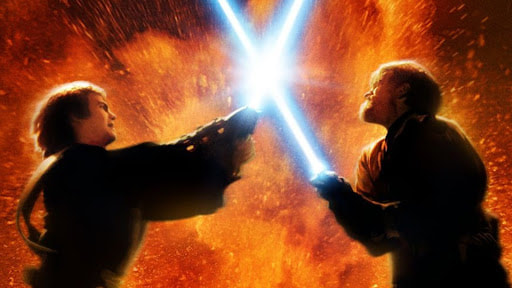
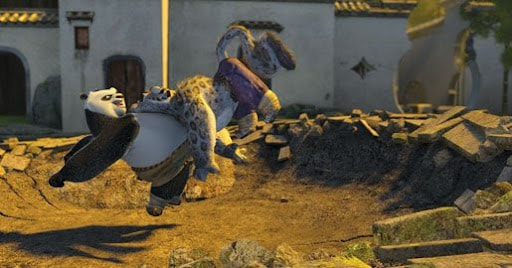
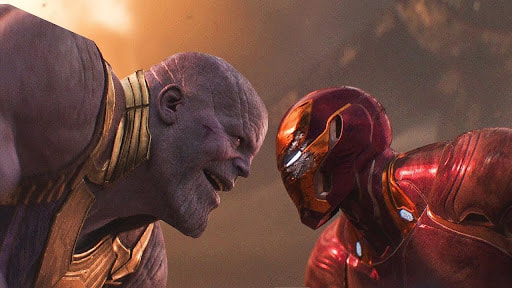
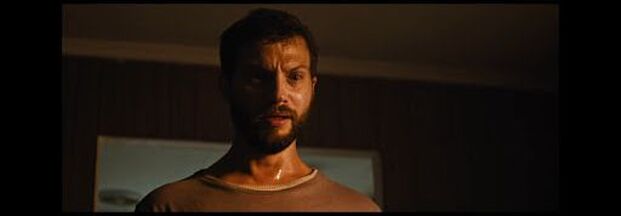
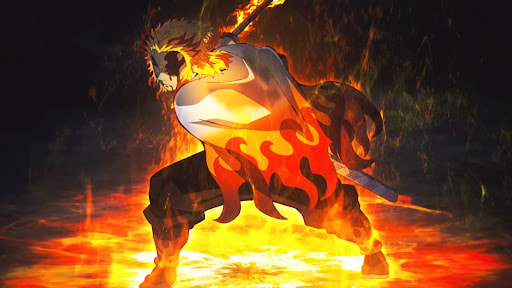
 RSS Feed
RSS Feed
